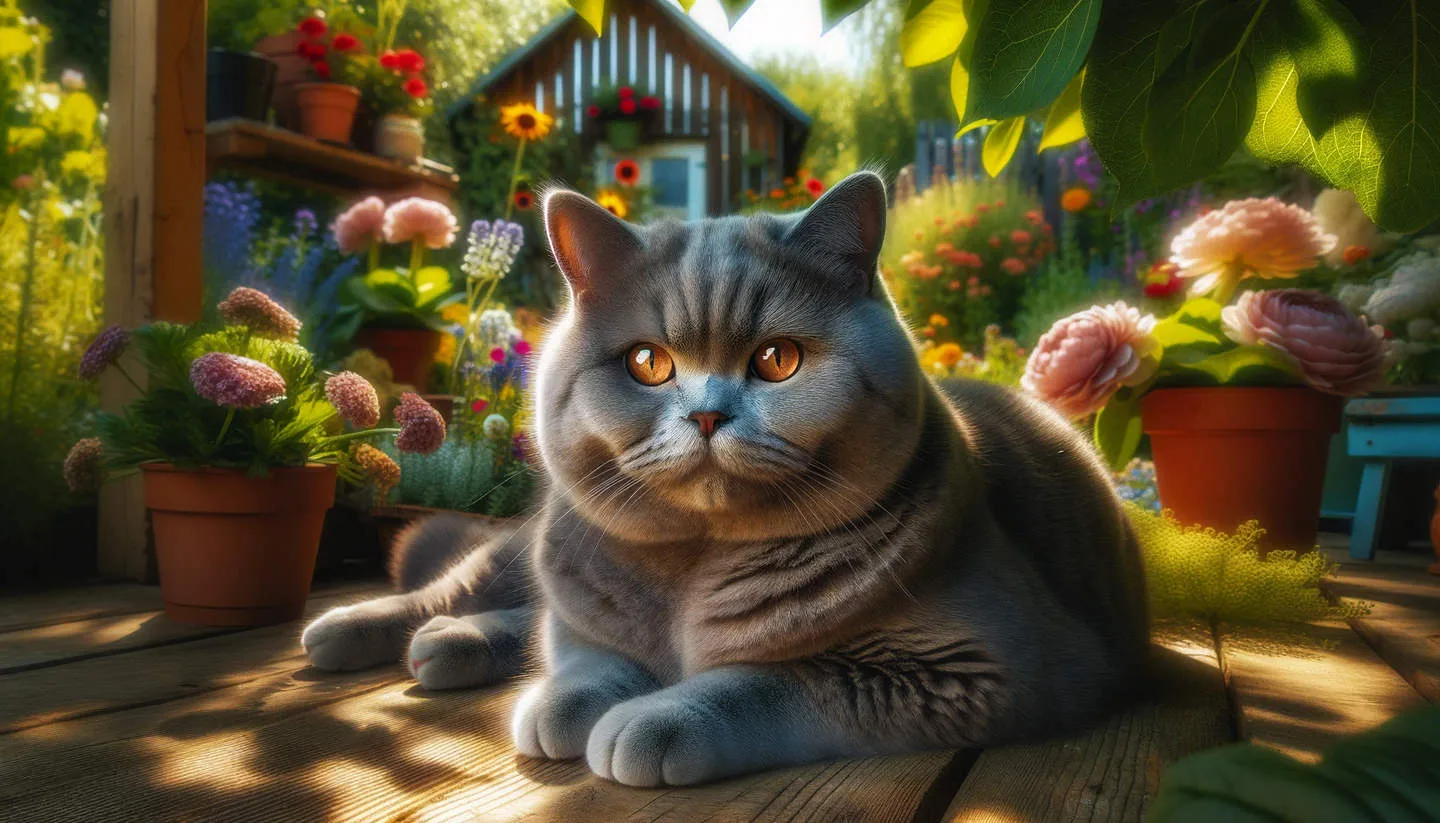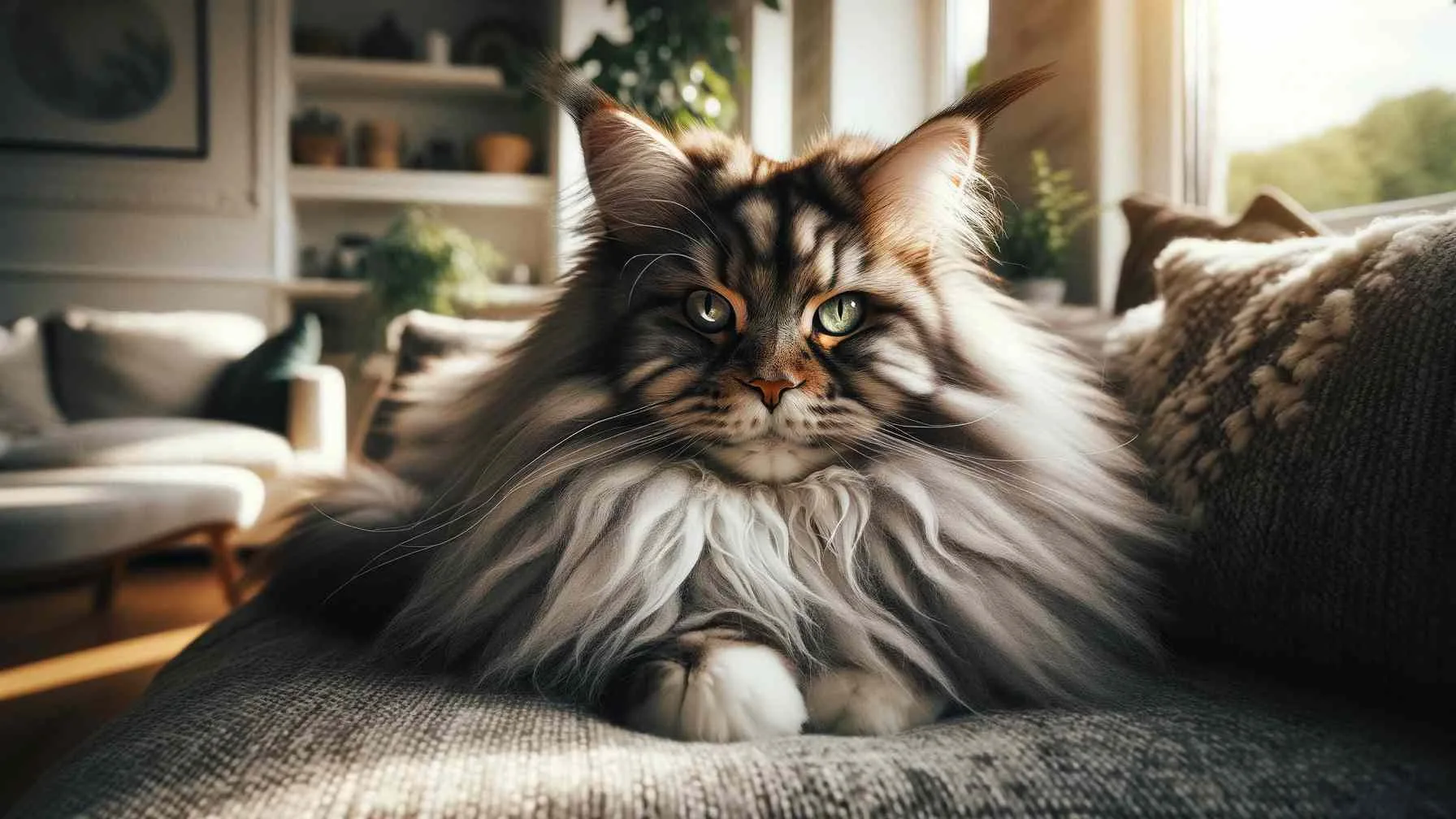Periungual growth is a common issue that affects many cats, including our beloved British Shorthairs. If left untreated, ingrown nails can cause discomfort, pain, and even lead to infections. In this guide, I will share with you the important steps for maintaining your British Shorthair’s paw health, from how often you should clip their nails to identifying and treating ingrown nails. By the end, you will feel empowered to care for your cat’s paws and prevent any potential issues from arising.
Key Takeaways:
- Regular grooming is essential: Keeping your British Shorthair’s paws clean and trimmed can help prevent ingrown nails and other paw-related issues.
- Proper trimming techniques: Knowing the correct way to trim your cat’s nails can reduce the risk of ingrown nails and discomfort for your pet.
- Regular veterinary check-ups: Annual visits to the vet can help catch any paw issues early and ensure your cat’s paws remain healthy and happy.
Types of Ingrown Nails
Any pet owner knows that ingrown nails can be a painful and bothersome condition for their feline friends. There are several types of ingrown nails that can affect British Shorthair cats. Here are the most common ones:
| Types of Ingrown Nails | Description |
|---|---|
| Longitudinal Ingrown Nails | These occur when the nail grows into the skin at the sides of the toe. |
| Tramline Ingrown Nails | This type results from the nail growing in a straight line into the toe pad. |
| Pincer Ingrown Nails | These nails grow into a sharp point and can pierce the skin. |
| Crescentic Ingrown Nails | This condition causes the nail to grow in a circular shape, digging into the skin. |
| Subungual Hyperkeratosis | This occurs when excess skin and tissue grow around the nail, causing it to press into the toe pad. |
Identifying Different Stages of Ingrown Nails
When dealing with ingrown nails, it’s crucial to be able to identify the different stages of the condition. You may notice symptoms such as redness, swelling, tenderness, and reluctance to put weight on the affected paw. If you observe any of these signs in your British Shorthair, it’s essential to seek veterinary care promptly.
Likely Causes of Various Types of Ingrown Nails
When it comes to ingrown nails, several factors can contribute to their development. Obesity, improper nail trimming, genetic predisposition, and injury to the paws are some of the primary causes of ingrown nails in British Shorthair cats. The Cat Watch – THE CORNELL FELINE HEALTH CENTER contains valuable information on preventing and treating ingrown nails in cats.
| Likely Causes | Description |
|---|---|
| Obesity | Excessive weight can put pressure on the paws, leading to ingrown nails. |
| Improper Nail Trimming | Cutting the nails too short or at the wrong angle can cause them to grow into the skin. |
| Genetic Predisposition | The shape and structure of the nail may make ingrown nails more likely. |
| Injury to the Paws | Trauma to the paws can result in ingrown nails. |
| Foot Deformities | Abnormalities in the foot structure can lead to ingrown nails. |
Step-By-Step Treatment for Your British Shorthair’s Ingrown Nails
Now, I will walk you through the step-by-step treatment process for your British Shorthair’s ingrown nails. It’s important to approach this process with care and precision to prevent further discomfort for your furry friend.
| Necessary Tools and Preparations | Detailed Procedure to Safely Treat Ingrown Nails |
|
• Nail clippers or scissors specifically designed for pets |
• Gently restrain your cat |
Necessary Tools and Preparations
Before beginning the treatment process, it’s crucial to gather all necessary tools and make the appropriate preparations. You will need nail clippers or scissors specifically designed for pets, styptic powder or stick, antiseptic solution, cotton balls, and treats or rewards for your cat. These items will ensure that you can safely and effectively treat your British Shorthair’s ingrown nails without causing further discomfort.
Detailed Procedure to Safely Treat Ingrown Nails
When it comes to actually treating your cat’s ingrown nails, it’s important to follow a detailed procedure to ensure safety and efficacy. First, gently restrain your cat to prevent any sudden movements that could cause injury. Next, examine the affected paw and identify the ingrown nail. Carefully trim the ingrown nail, being extremely gentle to avoid causing any pain or further damage. Apply styptic powder or stick to stop any bleeding, and then clean the paw with antiseptic solution to prevent infection. And don’t forget to reward your cat for cooperating throughout the process!
Tips and Factors to Consider
However, treating your British Shorthair’s ingrown nails requires proper knowledge and technique. Below are some tips and factors to consider when dealing with this common issue.
- Regular grooming can help prevent ingrown nails.
- Trim your cat’s nails regularly to keep them at a healthy length.
- Keep an eye on your cat’s paw health and examine them routinely for any signs of ingrown nails.
After following these tips, you should see an improvement in your British Shorthair’s paw health.
Tips to Prevent Ingrown Nails
Regular trimming of your British Shorthair’s nails is essential to prevent ingrown nails. It is important to use proper nail clippers and have the necessary knowledge to trim them safely. Perceiving your cat’s behaviour can also help you determine if their nails need attention.
- Regularly trim your cat’s nails to prevent them from becoming too long.
- Use proper nail clippers and technique to avoid causing pain or injury.
- Observe your cat’s behavior to detect any discomfort related to their paws and nails.
After following these tips, you should see a noticeable reduction in incidence of ingrown nails in your British Shorthair.
Factors Affecting the Condition of Your British Shorthair’s Paws
Knowing the factors that can affect the condition of your British Shorthair’s paws is crucial for preventing and treating ingrown nails. Diet, exercise and genetics play a vital role in determining the health of your cat’s paws. Being aware of these factors can help you take necessary measures to ensure your cat’s paw health.
- Proper nutrition and exercise can contribute to overall paw health.
- Genetic predisposition can determine if your cat is more prone to ingrown nails.
- Regular check-ups with a veterinarian can help identify any underlying issues that may affect your cat’s paw health.
By knowing and addressing these factors, you can ensure that your British Shorthair has the best possible paw health and minimize the risk of ingrown nails.
Pros and Cons of Treating Ingrown Nails at Home
After noticing ingrown nails on your British Shorthair, you may be considering treating them at home. It’s important to weigh the pros and cons of this approach before deciding the best course of action for your pet. Below are the advantages and drawbacks of treating ingrown nails at home.
Advantages of Home Treatment
When it comes to treating ingrown nails at home, there are several advantages. First, it can be more convenient and cost-effective than visiting a veterinarian. You can also provide immediate relief for your cat without having to wait for an appointment. Additionally, regular at-home care can help prevent future ingrown nails and promote overall paw health.
Drawbacks and Risks of DIY Ingrown Nails Treatment
While treating ingrown nails at home has its advantages, there are also drawbacks and risks to consider. Attempting to treat ingrown nails without proper knowledge and equipment can potentially worsen the condition and cause pain for your cat. There is also a risk of infection if the area is not properly cleaned and cared for. Furthermore, if your cat is particularly resistant to handling or becomes stressed during the process, it can lead to a negative experience for both you and your pet.
Worried About Ingrown Nails? Learn How To Treat Your British Shorthair’s Paws.
On the whole, it is important to regularly check and care for your British Shorthair’s paws to prevent ingrown nails. By trimming their nails regularly, avoiding tight footwear, and keeping their environment clean, you can reduce the risk of ingrown nails. If you notice any signs of discomfort or inflammation in your cat’s paws, it is important to seek veterinary assistance. With proper care and attention, you can ensure that your British Shorthair maintains healthy and comfortable paws.
FAQ
Q: What are the symptoms of ingrown nails in British Shorthair cats?
A: Symptoms of ingrown nails in British Shorthair cats may include limping, favoring one paw over the other, swelling or redness around the nail, and reluctance to walk or play. If you notice any of these signs, it’s important to address the issue promptly to prevent further discomfort for your cat.
Q: How can I prevent ingrown nails in my British Shorthair cat?
A: To prevent ingrown nails in your British Shorthair cat, it’s essential to trim their nails regularly and properly. This helps to maintain a healthy nail length and reduce the likelihood of ingrowns. Additionally, providing scratching posts or other appropriate surfaces for your cat to naturally wear down their nails can also help prevent ingrown nails.
Q: How should I treat ingrown nails in my British Shorthair cat?
A: If you suspect that your British Shorthair cat has an ingrown nail, it’s best to seek veterinary care for proper treatment. This may involve trimming the affected nail, providing pain relief, and addressing any underlying causes of the ingrown nail. It’s important not to attempt to treat ingrown nails at home without guidance from a veterinarian, as improper handling can cause further injury to your cat’s paws.


